10 most dangerous islands in the world
Categories: Asia | Beauty | Culture | Europe | Nature | People | Photo project | Society | Tradition | Travel | World
By Vika https://pictolic.com/article/10-most-dangerous-islands-in-the-world.htmlIslands are supposed to be sunny, peaceful, and warm - exotic places where you spend time on the beach, maybe snorkel and even enjoy a few fruity drinks. Except when none of this happens.
There are many deceptively beautiful islands in the world that look nice but are actually terrifying. There's more going on on these terrifying islands than we thought, from past nuclear test sites to places where deadly creatures live.
10 PHOTOS
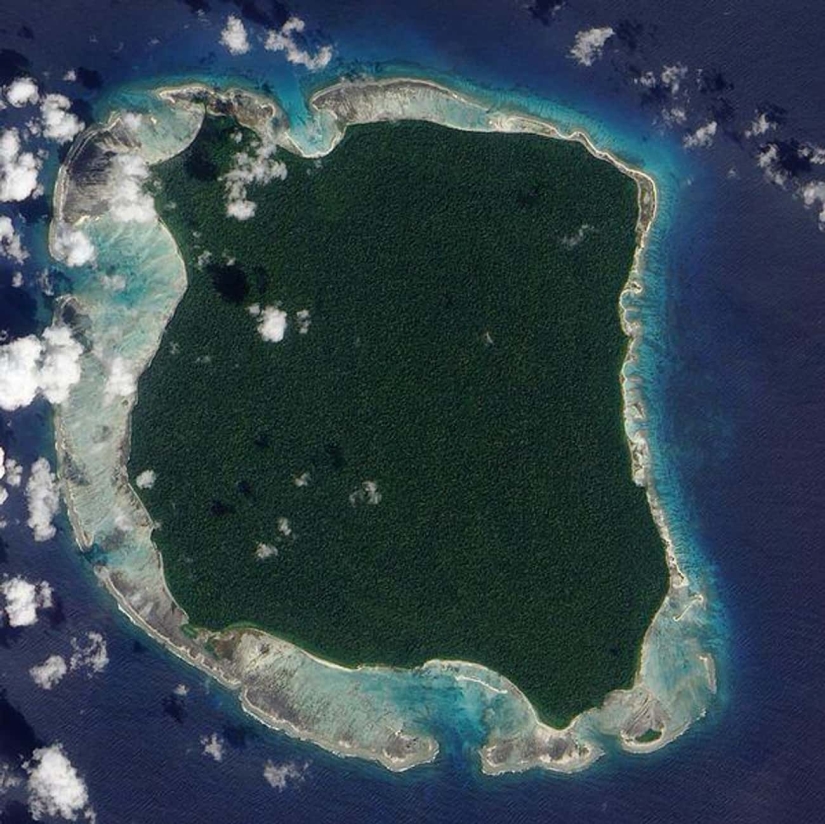
1. The natives of North Sentinel Island are still ready to defend their land.
North Sentinel Island, one of the Andaman Islands, is located in the Bay of Bengal. It is under Indian supervision and visitors need permission to set foot on its shores. Restricted entry and limited contact with indigenous peoples serve two purposes. There is a desire to protect the island and its people, and to prevent additional acts of violence that former visitors have been involved in. In the late 19th century, European exploration of the island proved inconclusive, while 20th-century interactions with the Sentinelese led the Indian government and anthropologist T.N. Pandit to struggle to establish friendly relations. In 1991, contact was made but attempts to provide assistance after the 2004 tsunami were met with aggression. In 2006, the natives killed two fishermen for getting too close to the island, and in 2018, the death of John Allen Chau demonstrated how dangerous it is to approach its shores. Chau tried to spread Christianity on North Sentinel Island, at first he was shot with arrows as he approached, but he returned the next day. The natives killed him.

2. Ilha de Queimada Grande is so infested with deadly snakes that you can't go there.
Ilha de Queimada Grande, off the coast of Brazil, is home to 4,000 of the deadliest snakes on the planet.

3. On the island of Coiba was one of the most dangerous penal colonies in the world.
In 1919, criminal and political prisoners first entered the "most severe prison" in Panama, located on the island of Coiba. From 1919 to 2004, more than 3,000 people lived in this remote place, and for decades it was a place of torture, cruelty, and appalling conditions. Over time, about 30 camps were built on Coiba Island, built by the prisoners themselves without furniture, windows, or bathrooms. The extreme conditions were a test of their mental health, as were the methods of torture used by their captors.
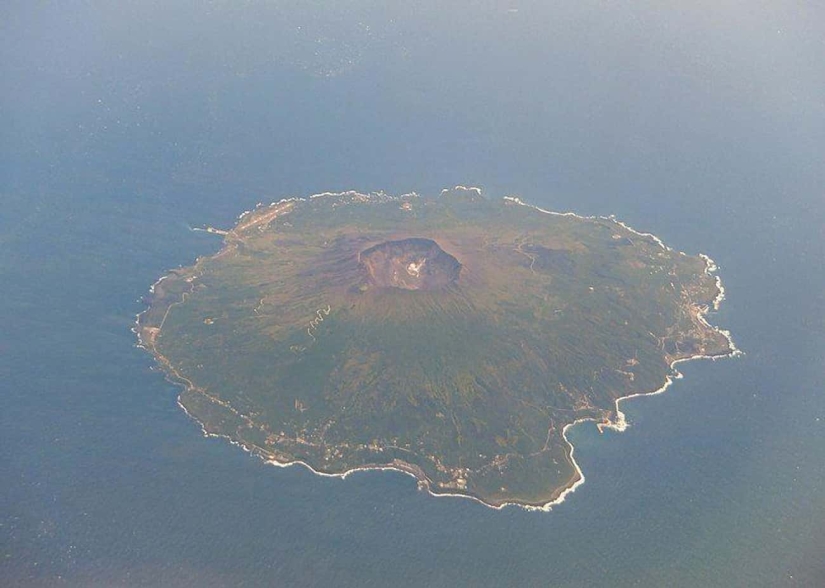
4. Visiting Miyake Jima may require a gas mask.
Miyakejima is a place for avid swimmers, hikers, and birdwatchers located off the coast of Japan. It is also home to Mount Oyama, an active volcano that regularly erupts poisonous sulfuric gas. All residents of Miyakejima are required to carry a gas mask, which was not enough to protect residents during the volcanic eruption in 2000. Alarms are triggered to alert people when the need arises to wear masks. Gas masks are sold at the airport and in the tourist shop.
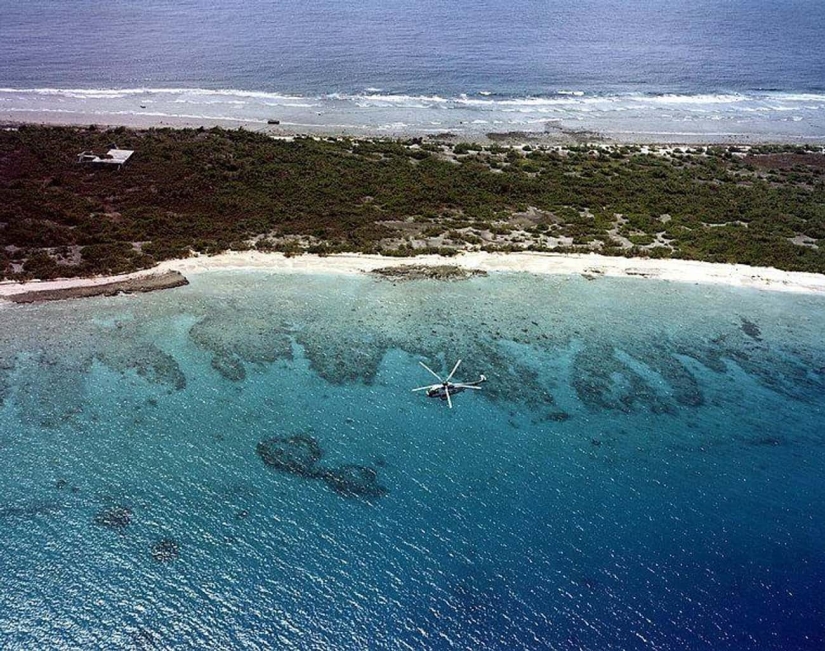
5. Being on Bikini Atoll is like a visit to the "end of the world."
In the 1940s and 1950s, Bikini Atoll, an island in the Marshall Islands chain in the Pacific Ocean, was a US military nuclear test site. At that time, residents were resettled in the nearby Rongerik and Kwajalein atolls before arriving on Kili Island in 1948. The original Bikini people returned to their atoll in the late 1960s and grew in numbers in the 1970s. Radiation levels have made much of the food and water too dangerous for human consumption, and residents are also experiencing health effects from the radiation.
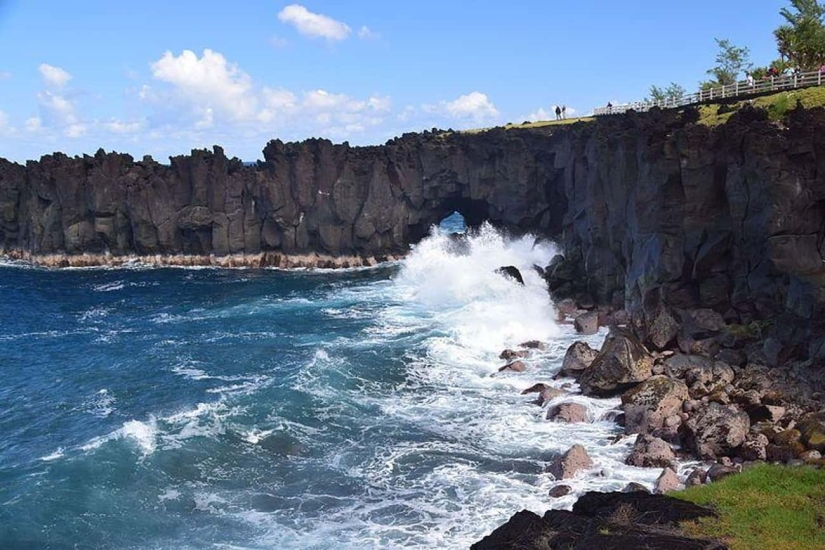
6. Sharks patrol the seas around Reunion Island.
Reunion Island, under French rule, is open to tourists and others, but swimming and surfing are prohibited. Reunion, located in the Indian Ocean, is home to nearly 900,000 people and was the site of over 50 shark attacks between 1988 and 2016.
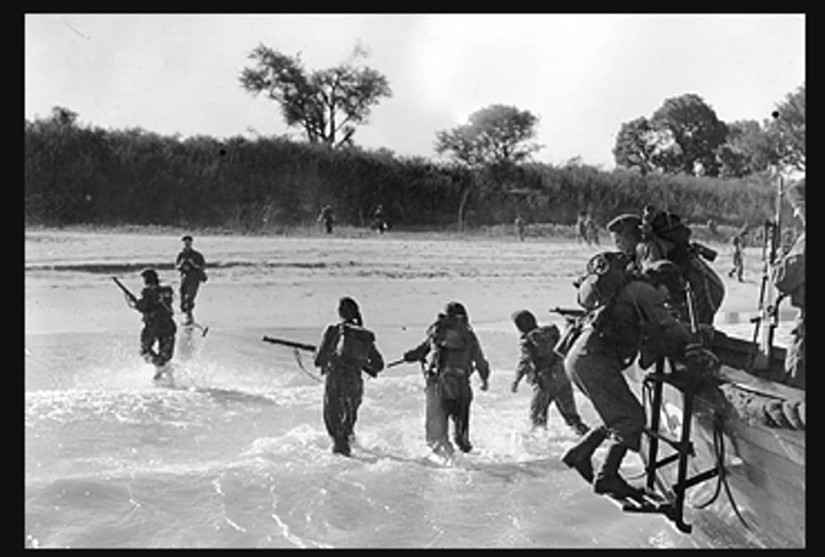
7. Reportedly, Ramri Island was once the site of a massacre by crocodiles.
As the site of several World War II battles, Ramri Island off the coast of Myanmar (Burma) in the Bay of Bengal is also known for the deadly crocodiles that inhabit its shores. Japanese troops took control of the island in 1942, and in 1945 British and Indian troops prepared to take over the site as a strategic airbase. When the British and Indian forces pushed the Japanese back from Ramri Island, many Japanese soldiers took refuge in the swamps. It was there, according to some versions, that hundreds of men were devoured by crocodiles.
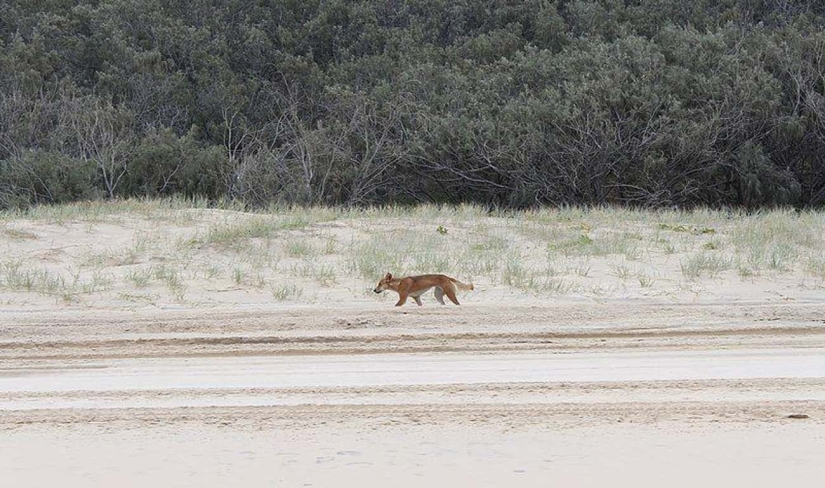
8. Confident dingoes roam Fraser Island as poisonous jellyfish surround it.
Officially the largest sandy island in the world, Fraser Island (recently reclaimed under its aboriginal name K'Gari) is also home to some of the world's deadliest jellyfish. In 2019, two women were stung by the Irukandji jellyfish, whose venom can cause heart and respiratory problems along with terrible pain. Along with jellyfish, sharks swim in coastal waters, dingoes and crocodiles are found, and even sand dunes are a danger to drivers.
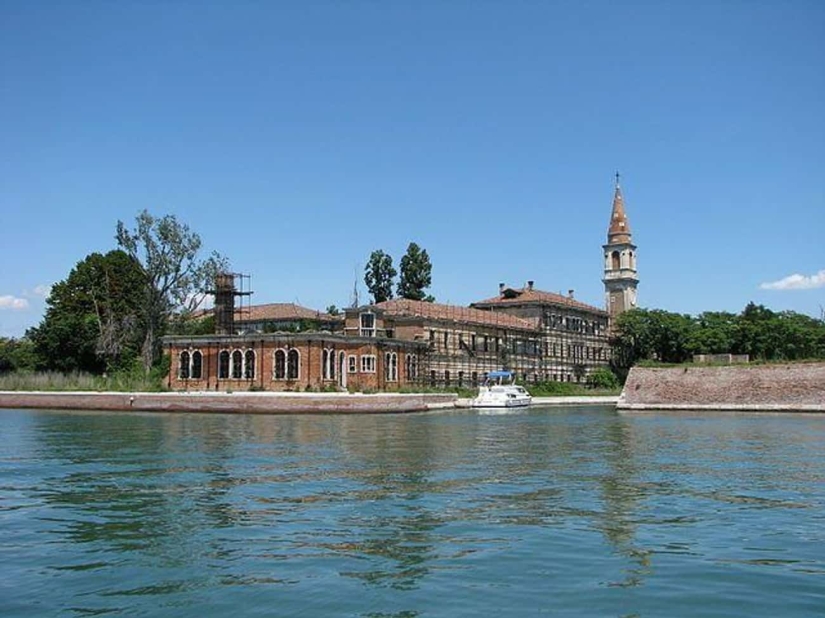
9. Once a quarantine station and home to a psychiatric hospital, the island of Povella has become surprisingly quiet.
During the outbreak of the Black Death during the Middle Ages, up to 160,000 plague patients are reported to have been sent to the island of Poveglia off the coast of Venice, where they eventually died and were cremated. According to legends, a significant part of the soil of the island consists of ashes from human bodies. By the end of the 18th century, Poveglia served as a quarantine station for visitors to nearby Venice. The facilities on the island were later turned over to house the mentally ill, many of whom were experimented on while there. The number of deaths and reports of mistreatment on Poveglia has led to its other name, "Ghost Island". Although it is forbidden to visit Poveglia, some people have ventured there. In 2014, photographer Mike Dear managed to persuade a local captain to take him to the island, although the courier refused to set foot on Poveglia himself. The island gave the impression of "peace and serenity - it was a very quiet place."

10. Gruinard Island has been decontaminated, but potential visitors are skeptical.
Gruinard Island, also called "Anthrax Island", was a World War II bioweapons testing site and is located off the west coast of Scotland, less than a mile from the mainland. Gruinard Island was declared safe to visit in 1990 by decontaminating it with tons of formaldehyde.
Keywords: Islands | Travel | Tourism | Countries | Cities | Dangerous islands | Danger | Exotic places
Post News ArticleRecent articles

Most of us loved as kids magic tricks, but someone loves them right now. However, the attitude to the hoax became a few others ...

Everything is changing. This is well and has long been known to everyone. But when something stays with you for a long time, it is ...
Related articles

The Himalayas. Tibet. Something cosmic and ethereal sounds in the names. They attract visitors from all over the world. In front of ...

If you like peace and privacy, it is unlikely that you will choose a metropolis, going on vacation. Especially when in the world ...

Walking through this picturesque bridges, you can admire the views from these stunning views and breathtaking landscapes. We invite ...

Compared to the 1970-ies 1980‑e years were a time of cautious optimism in new York. Boom on wall street fueled the speculative ...